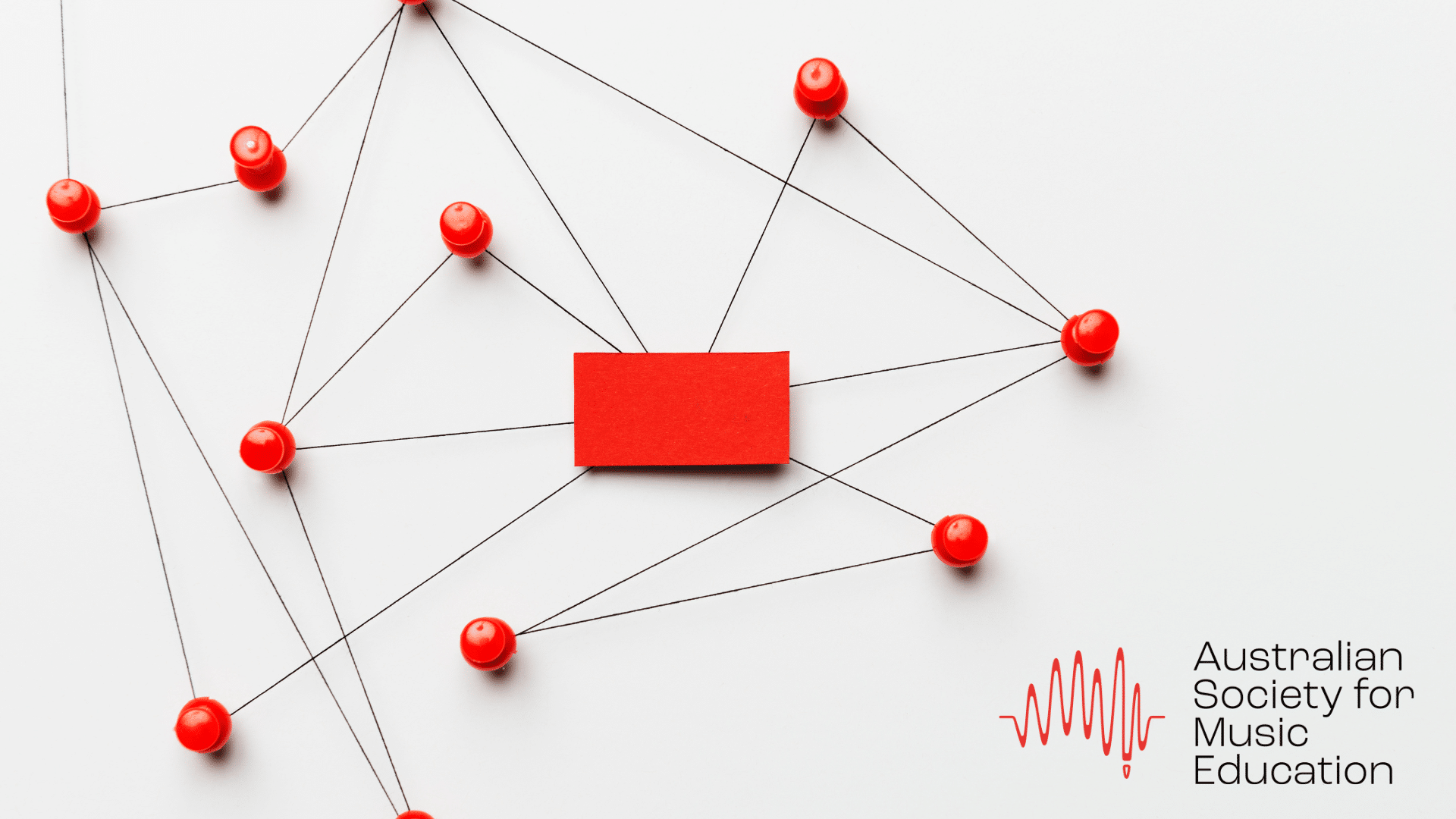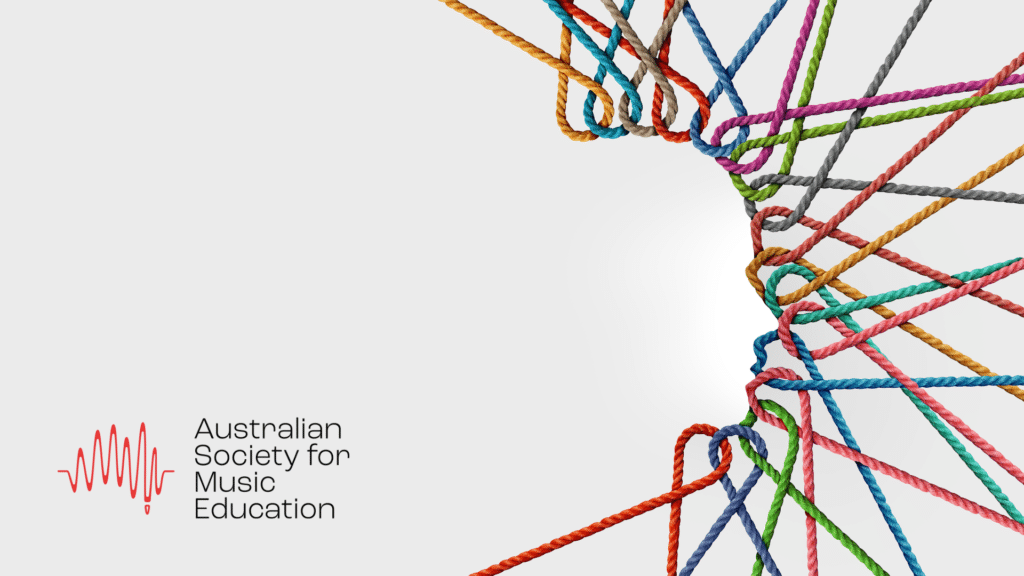The intention of this series is to provide access to easy-to-read summaries of recent research in music education, highlighting the ways that the research could inform your classroom practice. The posts are intended to prompt reflective thinking and discussions with colleagues, supporting music teachers to meet the requirements for professional learning under the Australian Professional Standards for Teachers (APST 6.1 and 6.2).
Did you know you can count time spent undertaking professional reading as professional learning hours?
Each Teacher Regulatory Authority (TRA) has different requirements for documenting professional reading, listening and viewing as professional learning. In all cases, professional reading can be included as teacher-identified professional learning, provided it is recorded (date, title of document, time spent, etc), connected with the Professional Standards, and is used as a prompt for reflective practice. This article provides some ideas how to connect professional reading with your practice.
For more information on your jurisdiction’s guidelines:
ACT Teacher Quality Institute: Professional Learning Requirements
NSW Education Standards Authority: Professional Development Requirements (see Professional Reading Circle)
Teacher Registration Board of South Australia: Professional Learning (see Research)
Teacher Registration Board of Western Australia: Professional Learning Activities
Teacher Registration Board of the Northern Territory: Professional Development Framework
Queensland College of Teachers: Reflecting on professional reading, listening and/or viewing
Victorian Institute of Teaching: Professional Learning
ASME Insights is edited by Dr Rachael Dwyer. If you’d like to write for ASME Insights, please see the Instructions for Authors, or email vicepresident@asme.edu.au


